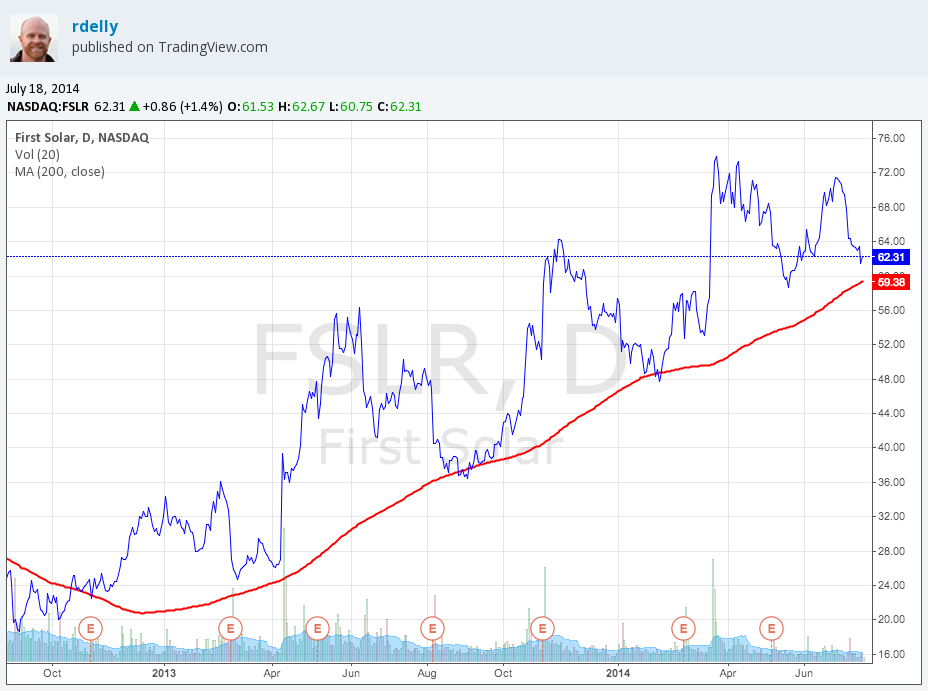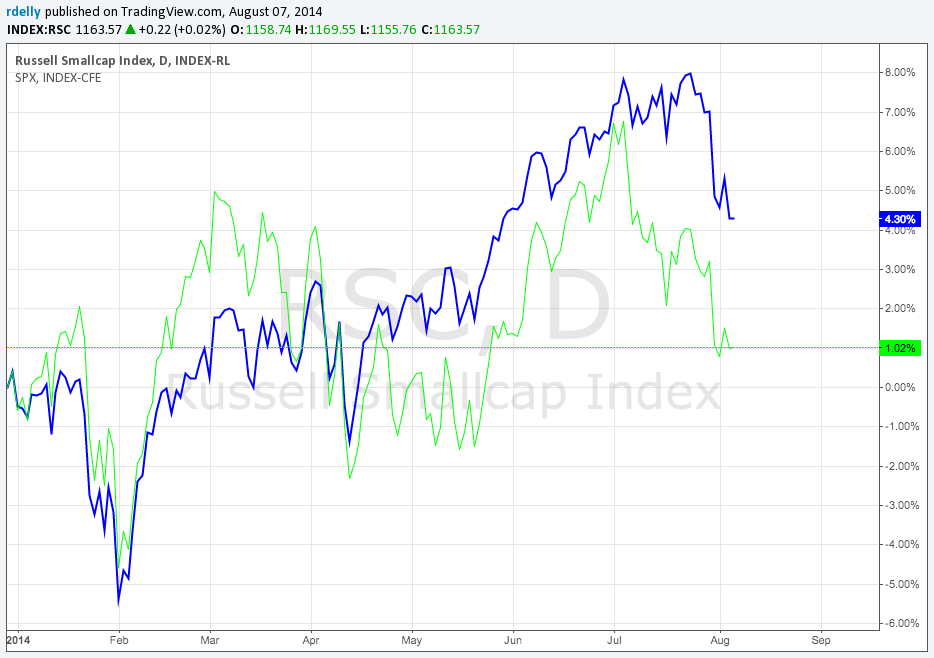Why AT T Verizon and Cemig Gapped the Market
Post on: 26 Июнь, 2015 No Comment

Posted on July 9, 2014 by 3A%2F%2F1.gravatar.com%2Favatar%2Fad516503a11cd5ca435acc9bb6523536%3Fs%3D40&r=G /% Rob Delwo
No question that Tuesday, July 8th was an ugly day in the market with many momentum stocks falling like a rock. Most people probably attributed AT&T, Verizon, and Cemigs early morning gap downwards as macro market pressure. But much of the losses are actually attributed to the ex-dividend date today.
If an investor holds any of those securities at closing on 7/7, they were eligible for the dividend payment.
- AT&Ts dividend payout is $0.46 / a $36.02 price per share = periodic dividend yield of 1.28%
- Verizons dividend payout is $0.53 / a $49.75 price per share = periodic dividend yield of 1.07%
- Cemigs dividend payout is $0.61 / a $8.29 price per share = periodic dividend yield of 7.35%

Each of these securities gapped the market by an amount nearly equal to the payout.
- AT&T opened at $35.53, down 1.36% from its close
- Verizon opened at $49.01 down 1.48% from its close
- Cemig opened at $7.74 down 6.63% from its close
Whats going on here?
The decline in share price is completely expected and logical. A companys stock price is based of its potential to earn cash flows. If some of that cash flow is distributed to investors, then the stock price should decline by an amount equal to the distribution. In other words, the company had an asset (cash) and gave it to shareholders. Since it no longer owns this asset, the stock price declines in the amount equal to the dividend paid.
Since there is a forecasted drop in share price equal to the dividend payout, it doesnt make sense to purchase the security before the ex-dividend date and sell it the next day. Otherwise, there would be an arbitrage opportunity that smart investors would exploit. Its also important to understand the tax implications of buying the day before the ex-dividend. If the investor is operating out of the taxable account, receiving the dividend will create a taxable event while the drop in the stock price is an unrealized capital loss, i.e. the investor pays taxes and doest get credit for the loss. For a more concrete example on taxes, see Make Ex-Dividends Work For You .
In the end, theres no need to panic when the security drops after the ex-dividend date. The dividend check is in the mail! Hopefully the stock will return to previous levels and shareholders will gain on the increase in value.














